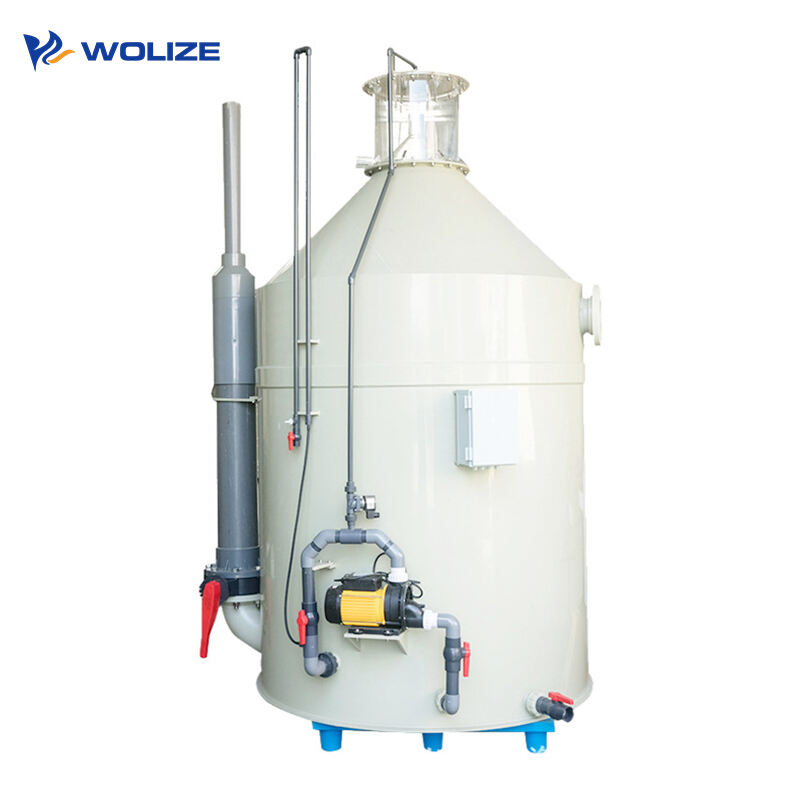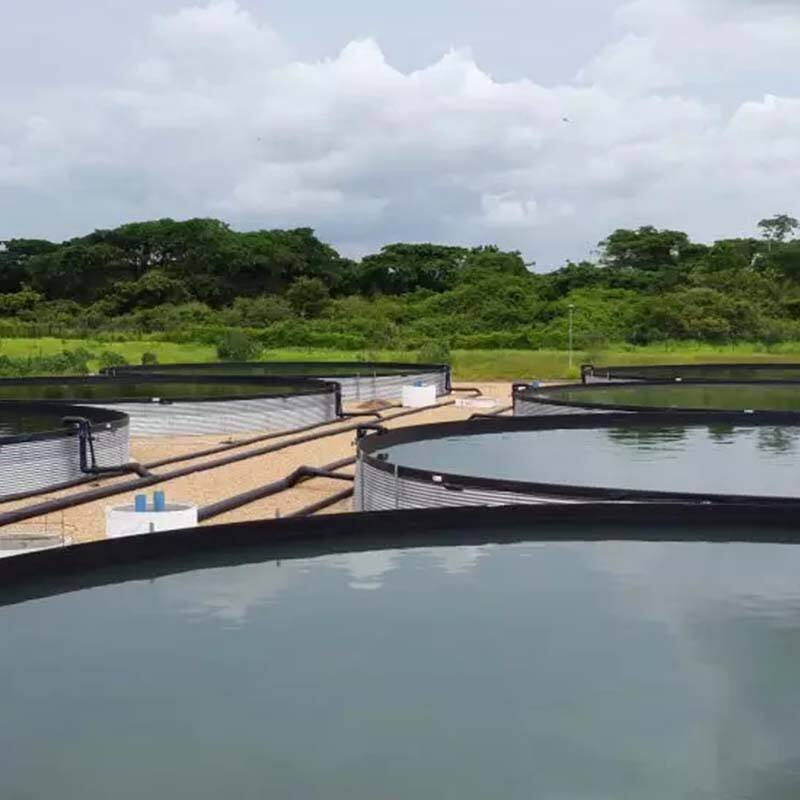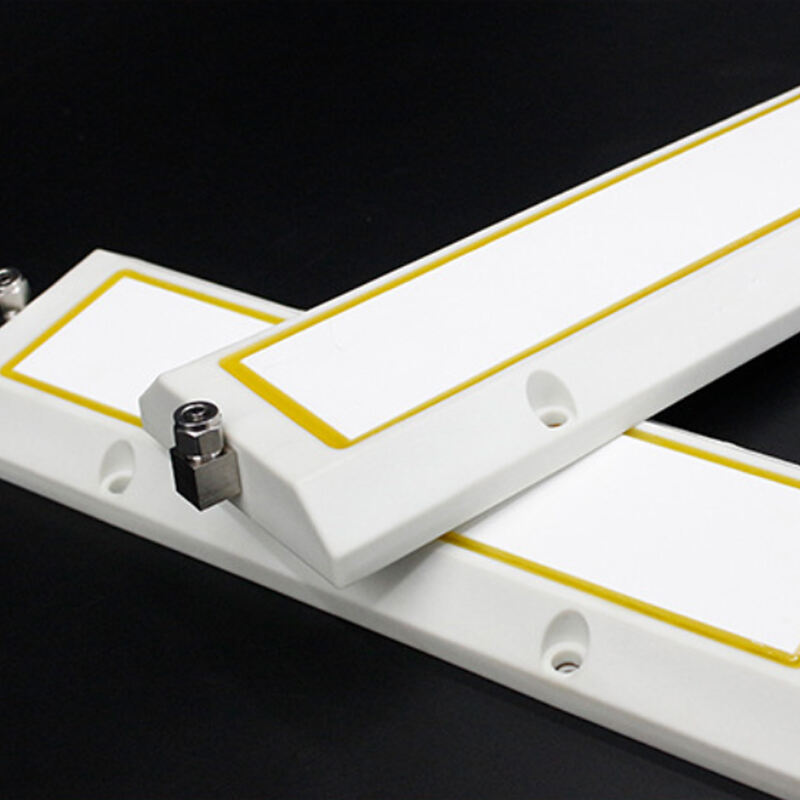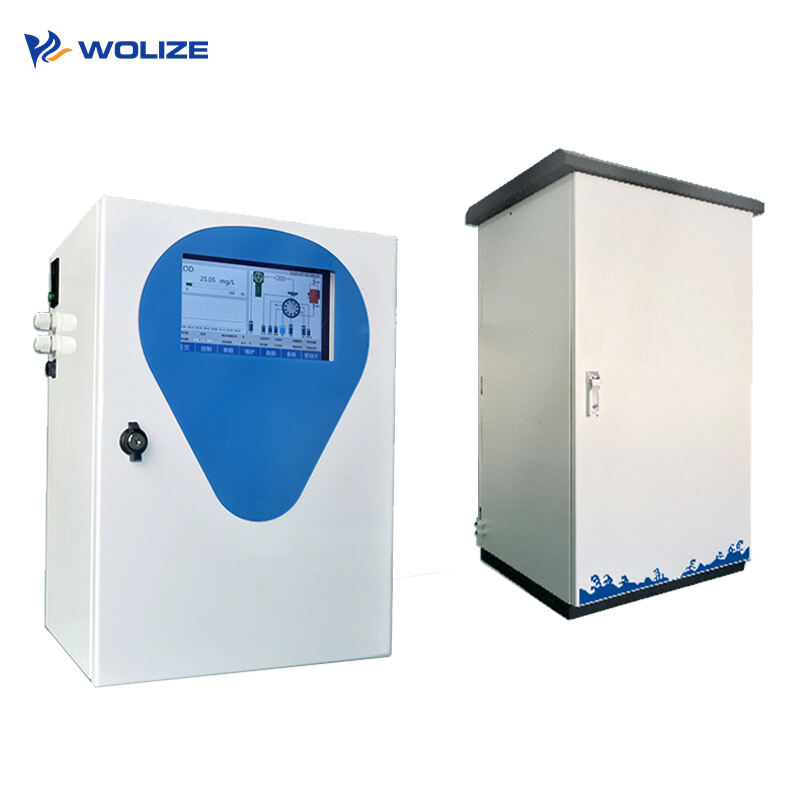টিলাপিয়া ফার্মিং
টিলাপিয়া, আফ্রিকার একটি উষ্ণমণ্ডলীয় মাছ, বিশ্বব্যাপী একটি জনপ্রিয় জলজ চাষের প্রজাতি। টিলাপিয়ার সর্বাহারী খাদ্য, দ্রুত বৃদ্ধি, শক্তিশালী অভিযোজন ক্ষমতা, কম রোগের ঝুঁকি, উচ্চ পুরুষ উর্বরতা, উচ্চ চাষ উৎপাদন এবং চমৎকার মাংসের গুণমান রয়েছে। এটি জাতিসংঘের খাদ্য ও কৃষি সংস্থা কর্তৃক সুপারিশকৃত একটি উন্নত মানের জলজ চাষের প্রজাতি। এর প্রতিশ্রুতিশীল বাজার সম্ভাবনার কারণে, টিলাপিয়া বর্তমান জলজ চাষে, বিশেষ করে মিঠা জলের জলজ চাষে, অগ্রণী প্রজাতিতে পরিণত হয়েছে। গ্যালভানাইজড ক্যানভাস মাছের পুকুরে এমন একটি জলজ চাষের পণ্য চাষ করার সময় কোন কোন বিষয় বিবেচনা করা উচিত?
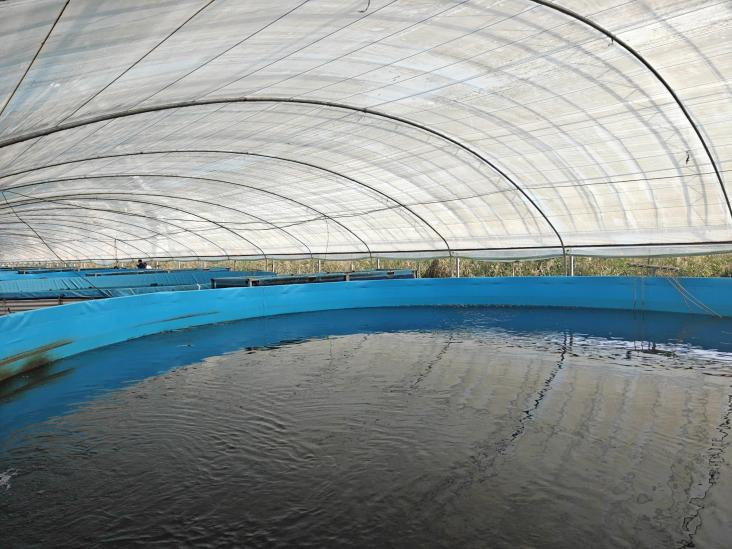
জীবন্ত জীব আলো এবং জলের প্রয়োজন হয়। তাই, ক্যানভাস মাছের পুকুরের জন্য একটি স্থান বেছে নেওয়ার সময়, ভালো ড্রেনেজ, প্রচুর সূর্যালোক, উন্নত মানের জল এবং দূষণমুক্ত স্থানটিই পছন্দনীয়। ঐতিহ্যবাহী মাছের পুকুর এবং নতুন গ্যালভানাইজড ক্যানভাস মাছের পুকুর—উভয় ক্ষেত্রেই এই শর্তাবলী বিবেচনা করা আবশ্যিক। টিলাপিয়া পুকুরগুলি সাধারণত ১.৮ থেকে ২.৫ মিটার গভীরতার মধ্যে নকশা করা হয়। একটি পাত্রের আকৃতির তলদেশ খনন করা হয়, এবং একটি মাছের টয়লেট এবং ড্রেনেজ পাইপ স্থাপন করা হয়। পাত্রের আকৃতির ক্যানভাস পুকুরের তলদেশের উদ্দেশ্য হল মল মাছের টয়লেটে অবক্ষেপণে সহায়তা করা, ড্রেনেজ সহজতর করা এবং নাইট্রাইট ও অ্যামোনিয়া নাইট্রোজেনের উৎপাদন কমানো।

অক্সিজেন অ্যাকোয়াকালচারের জন্যও অপরিহার্য, তাই টাইলাপিয়া চাষের সরঞ্জামগুলিতে এয়ারেটর বা জল এয়ারেটর সংযুক্ত করা যেতে পারে। যদিও টাইলাপিয়া নিম্ন অক্সিজেনের মাত্রাকে আপেক্ষিকভাবে সহ্য করতে পারে, যার উৎসঙ্গ বিন্দু 0.07 থেকে 0.23 মিগ্রা/লি এবং 1.6 মিগ্রা/লি দ্রবীভূত অক্সিজেনে বেঁচে থাকার ক্ষমতা রয়েছে, তবু দৈনিক পরিচালনা এবং পরিদর্শনের সময় যদি দেখা যায় যে টাইলাপিয়াগুলি অক্সিজেনহীনতায় ভুগছে, তৎক্ষণাৎ অক্সিজেনেশন সরঞ্জাম ব্যবহার করা উচিত। ঐতিহ্যবাহী পুকুর চাষের ক্ষেত্রেও এই পদক্ষেপটি অপরিহার্য।
ক্যানভাস মাছের পুকুরের পুনরায় সঞ্চালিত জলজ উদ্ভিদ মডেল নিশ্চিত করতে পারে যে মাছের পুকুরের পানি পরিষ্কার থাকে। জলজ উদ্ভিদ জলের পানির গুণমানও জলজ উদ্ভিদ জলের উপর তুলনামূলকভাবে বড় প্রভাব ফেলে। টিলাপিয়াকে প্রতিদিন খাওয়ানোর পর, বেয়ারের অবশিষ্টাংশ অবিলম্বে উদ্ধার করা উচিত। দৈনন্দিন জীবনে, টিলাপিয়ার মলত্যাগ দূর করার জন্য সময়মতো নিকাশী জলের নিষ্কাশন করা উচিত যাতে এই বর্জ্যগুলি ক্যানভাস মাছের পুকুরে অবনতি এবং পচা থেকে রক্ষা পায় এবং জলের মানের ক্ষতি হয়। ক্যানভাস মাছের পুকুরে বর্জ্য জমা হওয়ার ফলে পানিতে অ্যামোনিয়া নাইট্রোজেন এবং নাইট্রাইটের পরিমাণ বেশি হয়ে যায়। মাছের উপর অ্যামোনিয়া নাইট্রোজেন এবং নাইট্রাইটের প্রভাবগুলির মধ্যে রয়েছে মাছের টিস্যুগুলির প্রতিরোধ ক্ষমতা ধ্বংস করা এবং প্রতিরোধ ক্ষমতা হ্রাস করা। অ্যামোনিয়া নাইট্রোজেনের বিষের ফলে মাছের খাদ্য গ্রহণ কমবে এবং মাছের বৃদ্ধি ধীর হবে। নাইট্রাইটের অতিরিক্ত পরিমাণে মাছের জিল টিস্যুতে ক্ষত, শ্বাসকষ্ট এবং এমনকি মৃত্যুর কারণ হতে পারে।
প্রস্তাবিত পণ্য
গরম খবর
-
বড়দিনের ডিসকাউন্ট এখন আসছে
2024-12-26
-
কানভাস মৎস্য ডাঙা ব্যবহার করে মাছ পালন করা সাধারণ ডাঙার তুলনায় কি বেশি কার্যকর?
2024-12-16
-
গ্যালভানাইজড ক্যানভাস মাছের তালাবের সুবিধাগুলি
2024-10-14
-
উচ্চ ঘনত্বের মাছ চাষের প্রযুক্তি, মাছের তালাবের খরচ, ক্যানভাস মাছের তালাব, ক্যানভাস তালাব, উচ্চ ঘনত্বের মাছ চাষ
2024-10-12
-
কেন প্রবাহিত জলে উচ্চ ঘনত্বের একুশ নির্বাচন করুন
2023-11-20












































